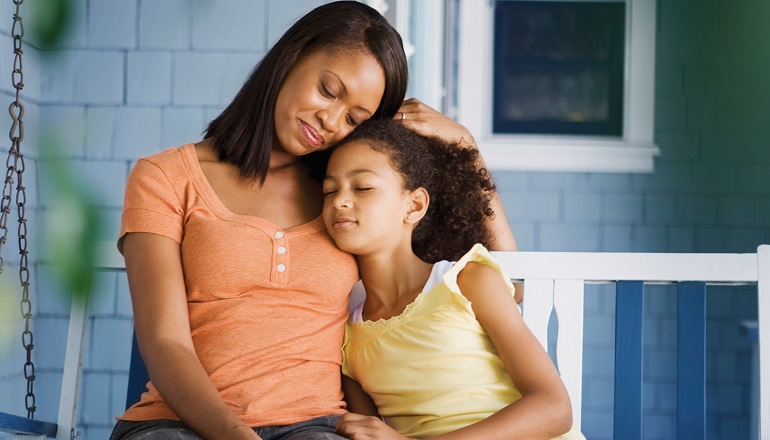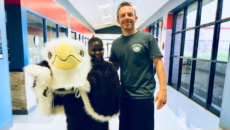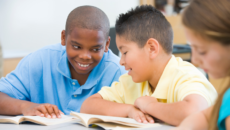Most of us broached the topic of adoption when our children were infants or toddlers, and have been talking aver since. But around age six or seven, when all children start to wonder, “Who am I?”, is when our children can truly understand that joining your family means they left another. Depending on their nature, your child may begin to ask a lot of questions. To help your child understand his birth history, you’ll want to respond to his questions truthfully. This is not to say that all difficult information must be given at this stage, but the facts we offer should be based on the truth as we know it.
Some children may not voice their questions about adoption, so it will be up to you to gently initiate conversations with them. If we remain attuned to our children’s emotional signals, we will find opportunities to share new details.
Talking Tips
Make birth parents real. Children may daydream about this birth parents (Was my birth father handsome? Was my birth mother famous?) and the circumstances of their adoption. Emphasize the known events, and admit it if you don’t know important facts about the birth parents or their motives. The truth is that most birth parents are average, ordinary people who could not parent a child and made the hard choice of adoption. Be clear that this choice was made by adults, not prompted by anything the child did.
Offer concrete details. If you have photos or a written history of your child’s birth family, share them now (if you haven’t already). Pictures of foster parents, orphanages, birth cities, or crib mates; notes from your adoption agency; or an adoption journal can help your child understand her birth and her journey to join your family.
Keep your tone positive. Remove judgment from your version of the adoption story, even if you know and even as you relate difficult birth parent information. Maintain a respectful attitude toward your child’s birth parents, and portray them as real people who may have made some mistakes.
Ask musing questions. If your child doesn’t ask, find ways to initiate dialogue. You may offer a general comment, such as, “I was thinking about your birth mom today,” or periodically ask, “Do you have any new questions about your birth family?” You might assess your child’s thinking by asking, “Aunt Kim was wondering if you get your beautiful hair from your birth mother or your birth father. What would you say to her?”
Spark discussions with books, music, or movies. These can provide natural openings. When you’re watching or listening together, your children may be more likely to ask, “Do you think my birth mom held me?” or say, “I bet my birth mom was sad” or “I wonder if my birth father ever saw me.”
Prepare them to field questions. Because your child’s peers’ understandings of family and biology are progressing, as well, your child may start getting questions like, “Why didn’t your real mom keep you?” from other kids at school. Talk with your child to help her decide what, if anything, she wants to share. Reaffirm that adoption is not secret, but that her adoption story is private.
Talk, and talk, and talk… Speaking often of birth history helps all family members get used to the words and narrative, and lets your child know that she can always come forward with questions and emotions about birth parents. Some kids will have an easier time talking about birth family history than others. But the truth for all of our children is that they were born before they were adopted. To honor their present and future, we must honor their past.


